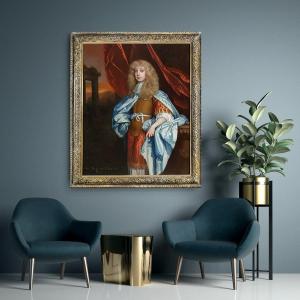Attributed to John Greenhill (c.1642-1676)
This exquisite work depicts the English politician Sir Matthew Dudley, 2nd Baronet (1661-1721) - it was painted by one of the most talented artists working in England during the last half of the 17th century, John Greenhill. Greenhill was at the centre of the artistic scene in London and his achievements may have surpassed even that of Sir Peter Lely - England’s dominant artist at the time – had his life not been cut short when he was barely in his thirties. In fact, George Vertue claimed that Lely was jealous of Greenhill’s ability and that Greenhill was “the most excellent” painter. This portrait was once in the collection of Sir Herbert Henry Raphael, 1st Baronet (1859-1924) - politician and trustee of the National Portrait Gallery, and in recent times it was in the collection of Sir Elton John.
The Dudley family originally descended from the Paganells who soon after the Conquest became barons of Dudley. The sitter in our portrait, Sir Matthew, was the oldest son of Sir William Dudley, 1st Bt. of Clopton (1607–1670) by his 3rd wife Mary Pindar. Sir William had been rewarded with a baronetcy at the Restoration for services to the Royalist cause, a distinction which elevated the family to the forefront of the Northamptonshire gentry. Sir Matthew married Lady Mary O’Brien (d. Nov 1735), the daughter of Henry O’Brien, 6th Earl of Thomond, on 8th Oct 1693 and this union brought considerable wealth. The couple had a daughter and four sons and they lived at the Dudley ancestral home of Clapton Manor, Northamptonshire, which had been in the keeping of the family since the 14th century.
Sir Matthew died on 14th April 1721, ‘about noon’, having directed in his will that his body ‘be buried among my ancestors in the usual burying place in the church of Clopton’. He was succeeded by his only surviving son William, who became Sir William Dudley, 3rd Baronet (1696-1764) but the baronetcy became extinct on his death in 1764.
Sir Matthew has been depicted with the grandiloquence characteristic of a nobleman in post Restoration England. Painted circa 1675-1680, he is placed on a porch with a rich crimson drapery and rests his arm on a sculpted plinth. His long-powered wig, immensely costly, is in a fashionable style of circa 1675-80. The Roman attire was often used in portraits of the time to provide a sense of timelessness and to evoke a sense of Arcadian tranquillity. Rapid changes in fashion made contemporary dress unsuitable as it quickly made portraits look outdated. However attractive a portrait might appear with the sitter wearing the height of fashion, within a decade of the picture being painted the clothes were out of date and therefore made the painting appear out of date. The costume also removes the sitter from the everyday into an idealised world, just as the background of this picture, with the ancient architecture and the illuminated sunset, evokes the Arcadian settings of plays and poetry popular at the Court. By this time all educated individuals were familiar with Latin and Greek poetry and the mere inclusion of such motifs in portraiture were immediately recognised by contemporary audiences.
Much of the beauty of this painting resides in its daring exploitation of the resonant colours of the palette and the mastery of the colour combination. The image illustrates the artist's virtuosic handling of the paint - a talent that demonstrates why he was a serious contender of Sir Peter Lely.
Inscribed: “Sir Matthew Dudley Bar”. Housed in a fine carved and silvered period frame.
John Greenhill was born at Salisbury, Wiltshire around 1642. He moved to London around 1662 and became a pupil of Sir Peter Lely, the dominant artist in England in the late seventeenth century, although it seems that he left fairly soon afterwards to establish his own practice. Of all the artists to emerge from the studio of Sir Peter Lely– John Greenhill was, as George Vertue noted, “the most excellent.” Vertue claimed that Lely was jealous of his pupil’s ability.
Greenhill was at the centre of the artistic scene in London after the Restoration, and he painted most of the leading actors of his generation. He was a pioneer of coloured chalk portrait drawings in England at that time, and his depictions of actors are considered to be amongst the most notable post-restoration portraits. He was commissioned to paint a number of leading figures of the court, including Anne, Duchess of York, and even the King. He carefully studied Vandyck's portraits, and George Vertue commented that he copied so closely Vandyck's portrait of "Thomas Killigrew and his dog" that it was difficult to know which was the original. Vertue also says that his progress excited Lely's jealousy.
Greenhill was at first industrious but a taste for poetry and drama, and living in Covent Garden in the vicinity of the theatres, led him to associate with many members of the free-living theatrical world, and he fell into "irregular habits" and this led to the end of his promising career. On 19 May 1676, while returning from the Vine Tavern (in Holborn) in a state of intoxication, he fell into the gutter in Long Acre, and was carried to his lodgings in Lincoln's Inn Fields, where he died the same night, barely into his thirties. He was buried in St Giles in the Fields church. He left a widow and family, to whom Lely gave an annuity.
Provenance:
Presumably from the sitter at Clopton Manor, and by descent;
Private UK collection;
Christies, London 1910 (as by Mary Beale) 19 Nov 1910;
With Thomas Agnew & Sons, London;
Sir Herbert Raphael, London 31 May 1911;
The Property of a Lady, sold Sotheby's, London, 18 October 1989 as John Greenhill;
Property of Sir Elton John, Holland Park, London, his sale Sotheby's London, 30 Sept 2003;
Private collection
Measurements:
Height 147cm, Width 123cm framed (Height 57.75”, Width 48.5”)




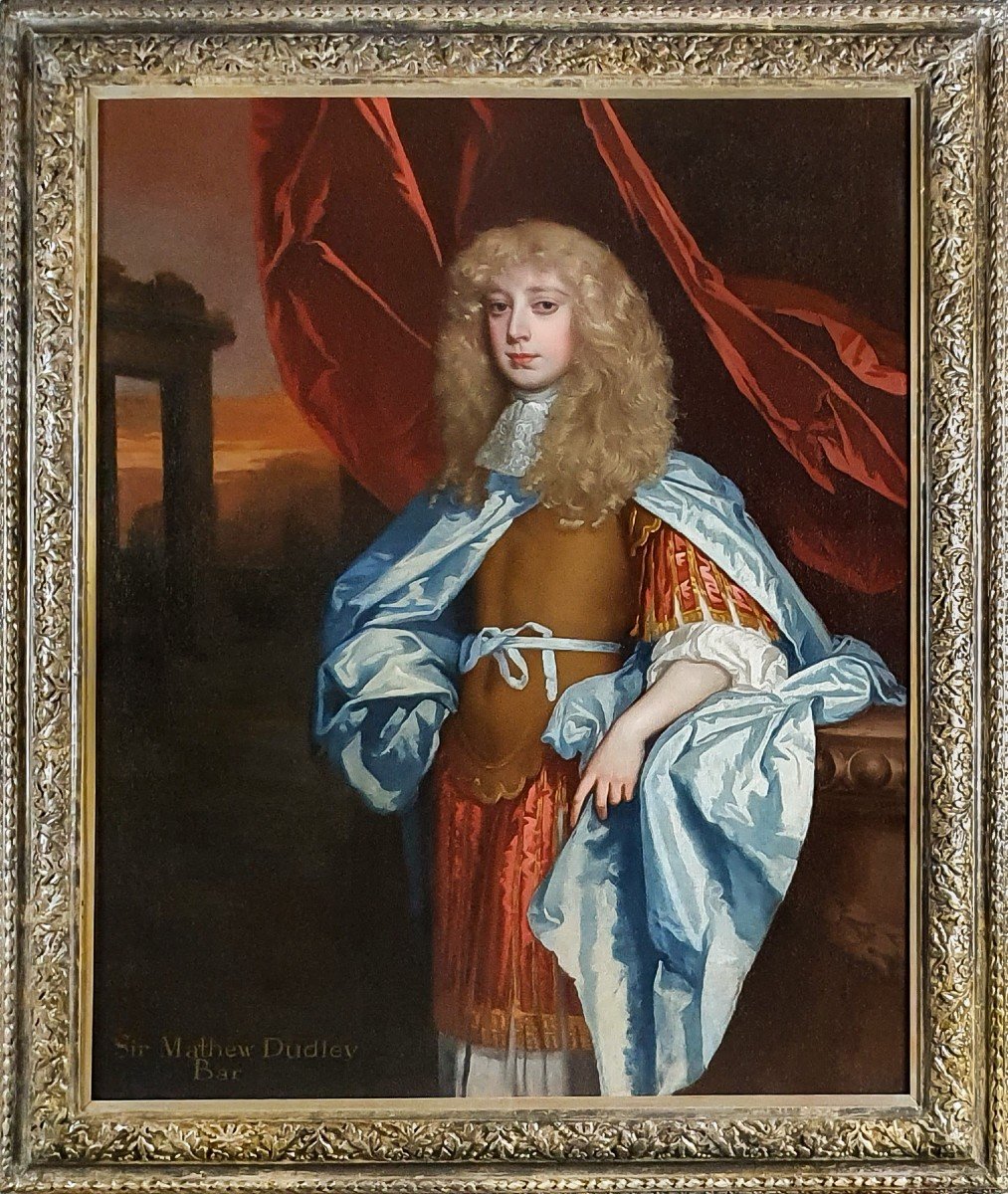

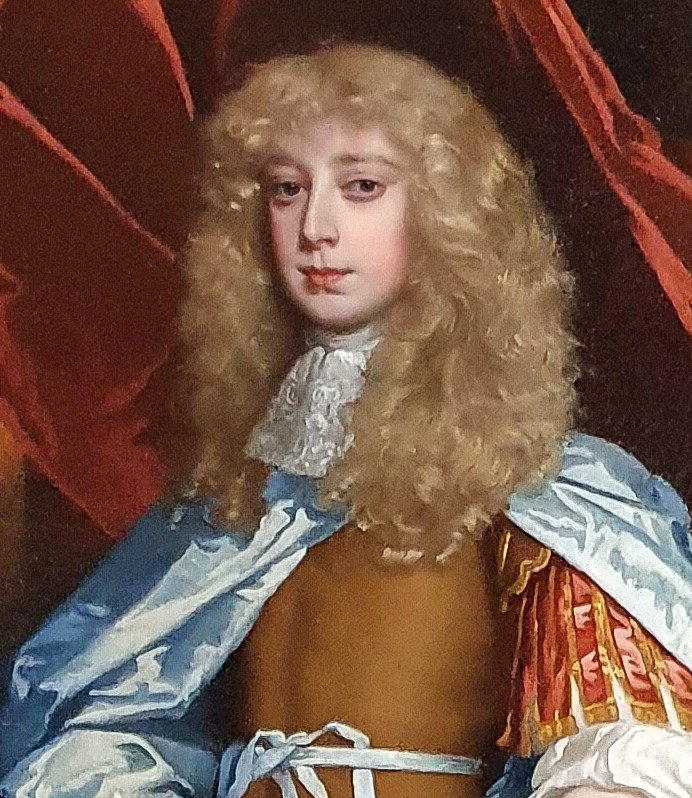
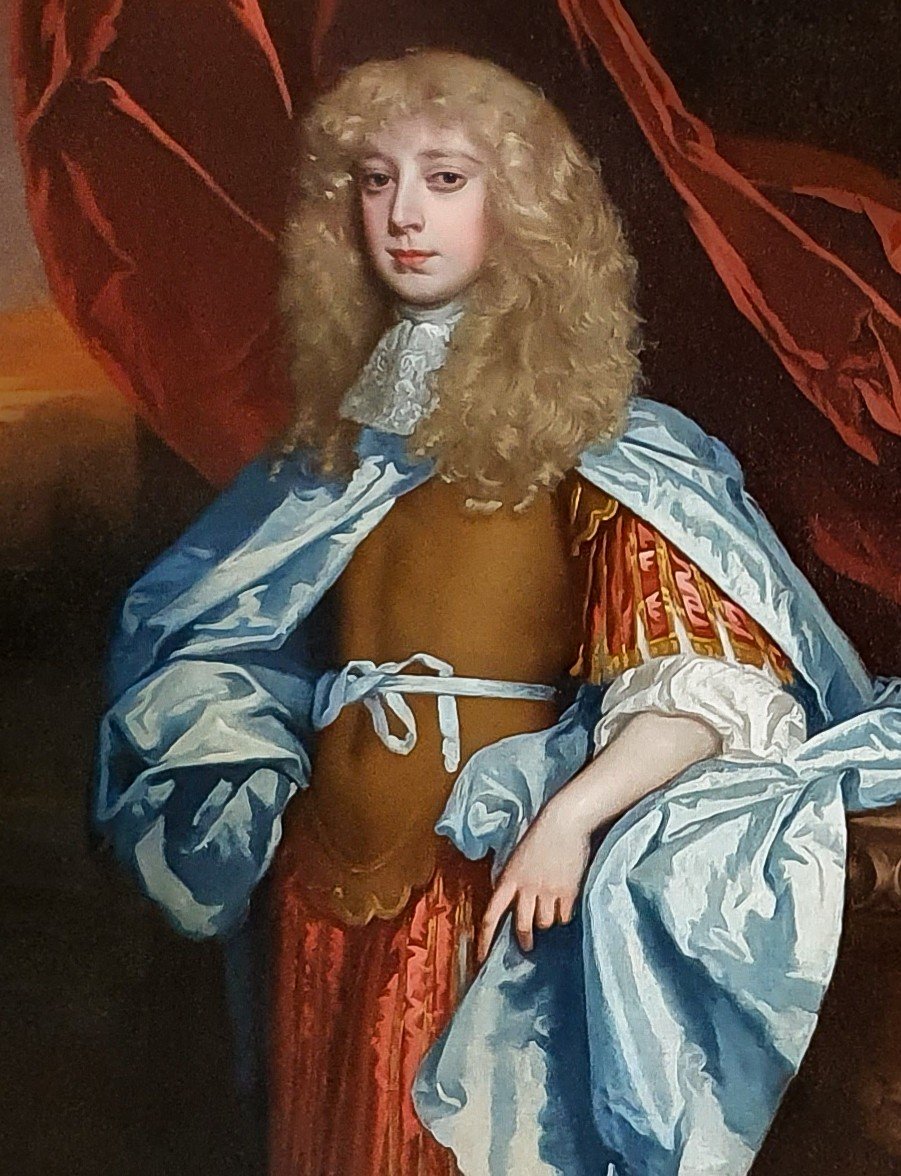





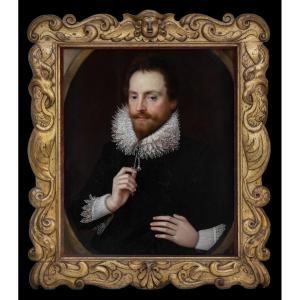



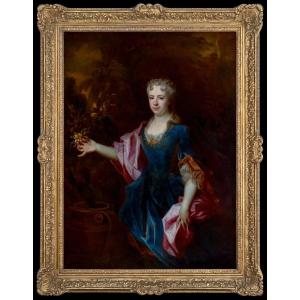

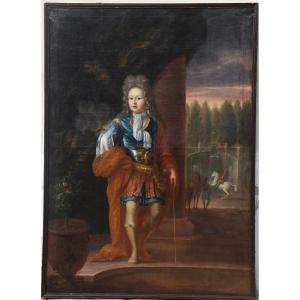


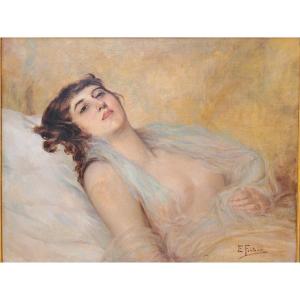
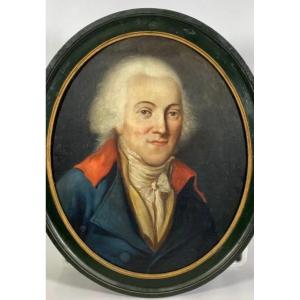




 Le Magazine de PROANTIC
Le Magazine de PROANTIC TRÉSORS Magazine
TRÉSORS Magazine Rivista Artiquariato
Rivista Artiquariato
